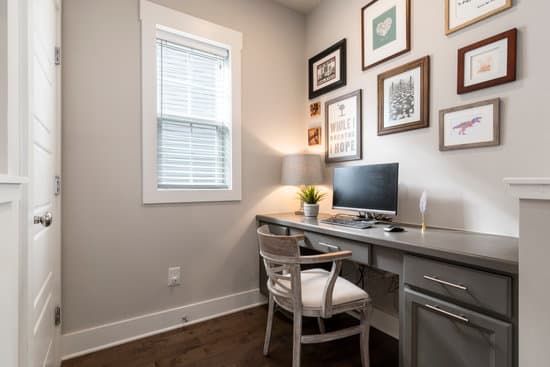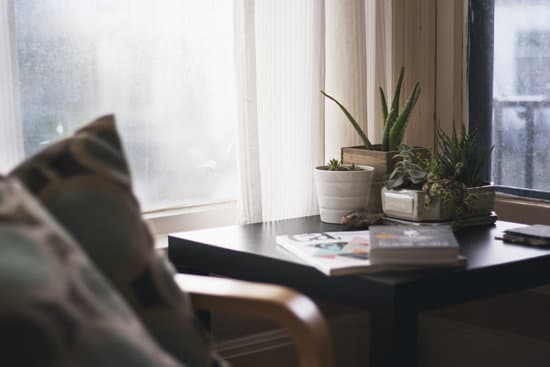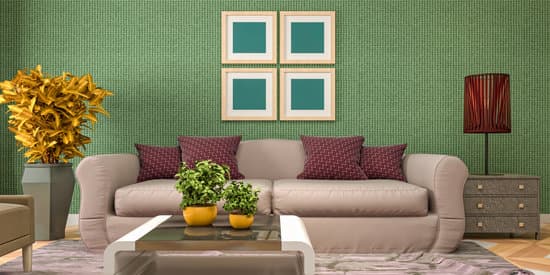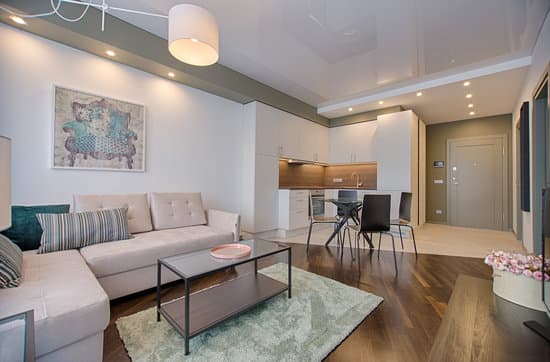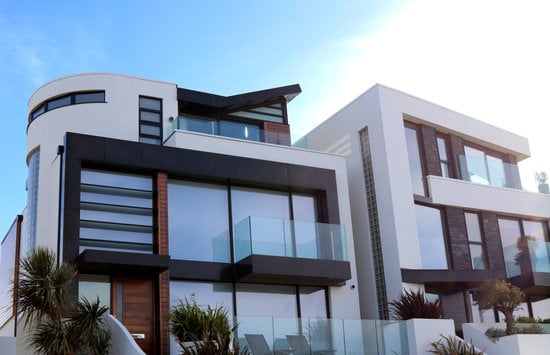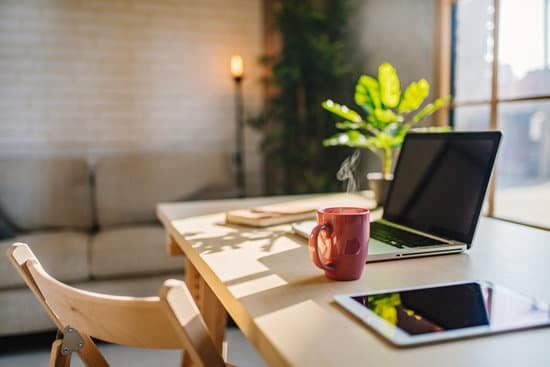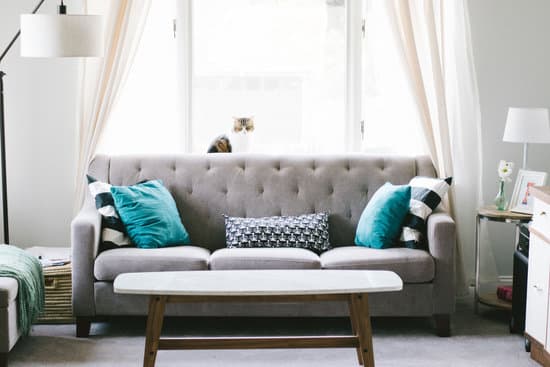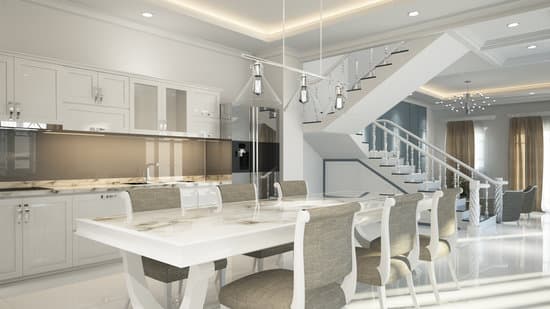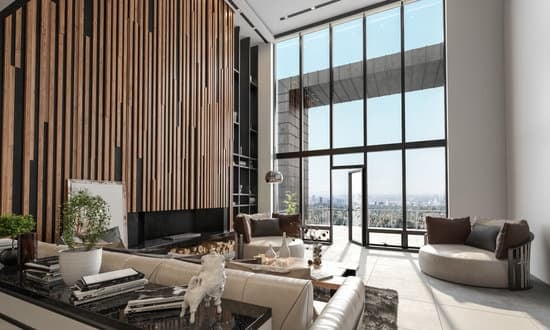Scandinavian decor is known for its effortless elegance and functionality. Here are some key aspects of Scandinavian design that you can incorporate into your home:
Neutral Colors: The popular color palette in Scandinavian design is characterized by neutral hues such as white, gray, and beige. These colors help to create a calm and soothing atmosphere in the space.
Natural Materials: Wood, leather, and wool are frequently used in Scandinavian homes to create a warm and cozy feel. Furniture and decor made from natural materials are also utilized to reflect the natural surroundings of the Scandinavian landscape.
Clean Lines: Scandinavian design is all about minimalism and simplicity. Furniture with clean lines and sleek, uncluttered shapes are a hallmark of this style.
Functional Design: Scandinavian design is intended to be practical and functional. The furniture and decor serve a purpose and have a clear function in the space while maintaining a stylish look.
Use of Light: Scandinavians experience long, dark winters and as a result, lighting is crucial in Scandinavian decor. Natural light is maximized by using light-colored walls, mirrors, and sheer window treatments, giving the illusion of more space and light in the room.
Incorporating some of these elements into your home can help you achieve the cozy, minimalist look that is characteristic of Scandinavian decor.








